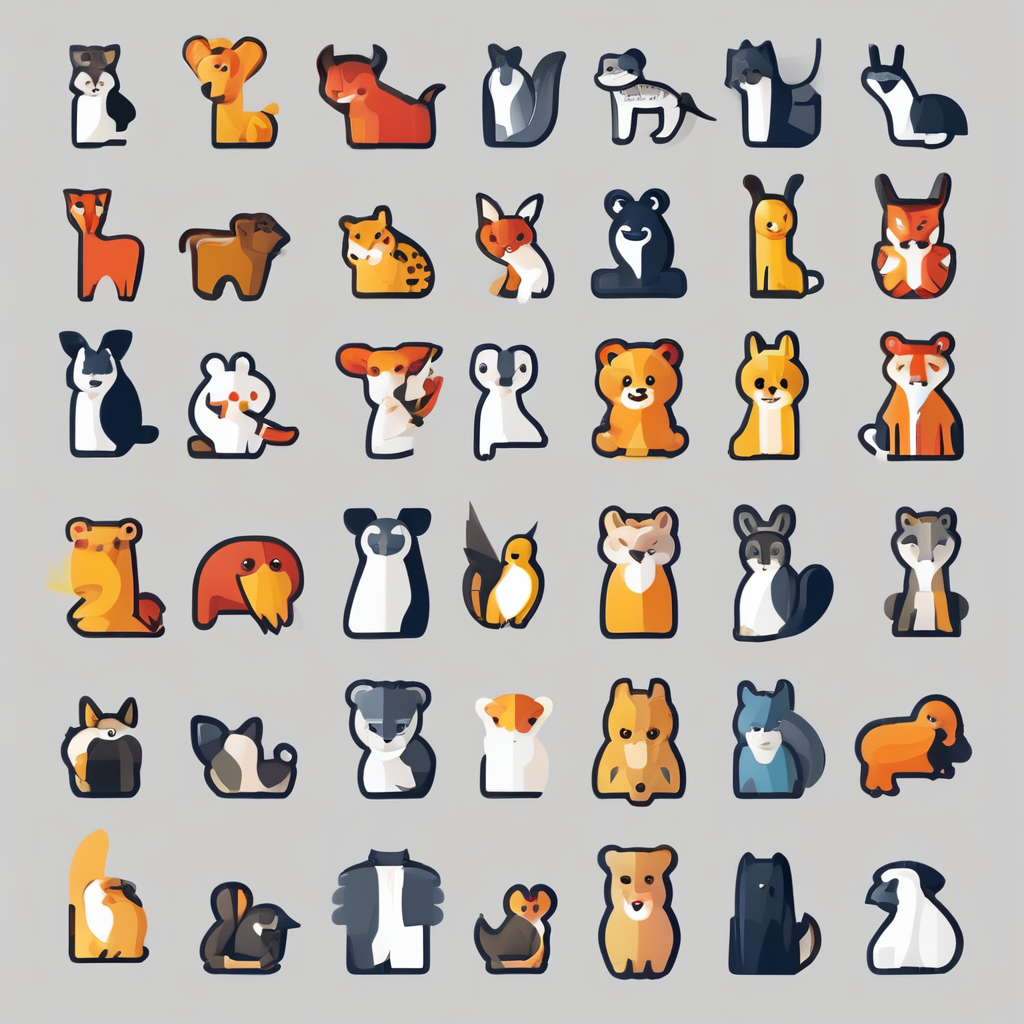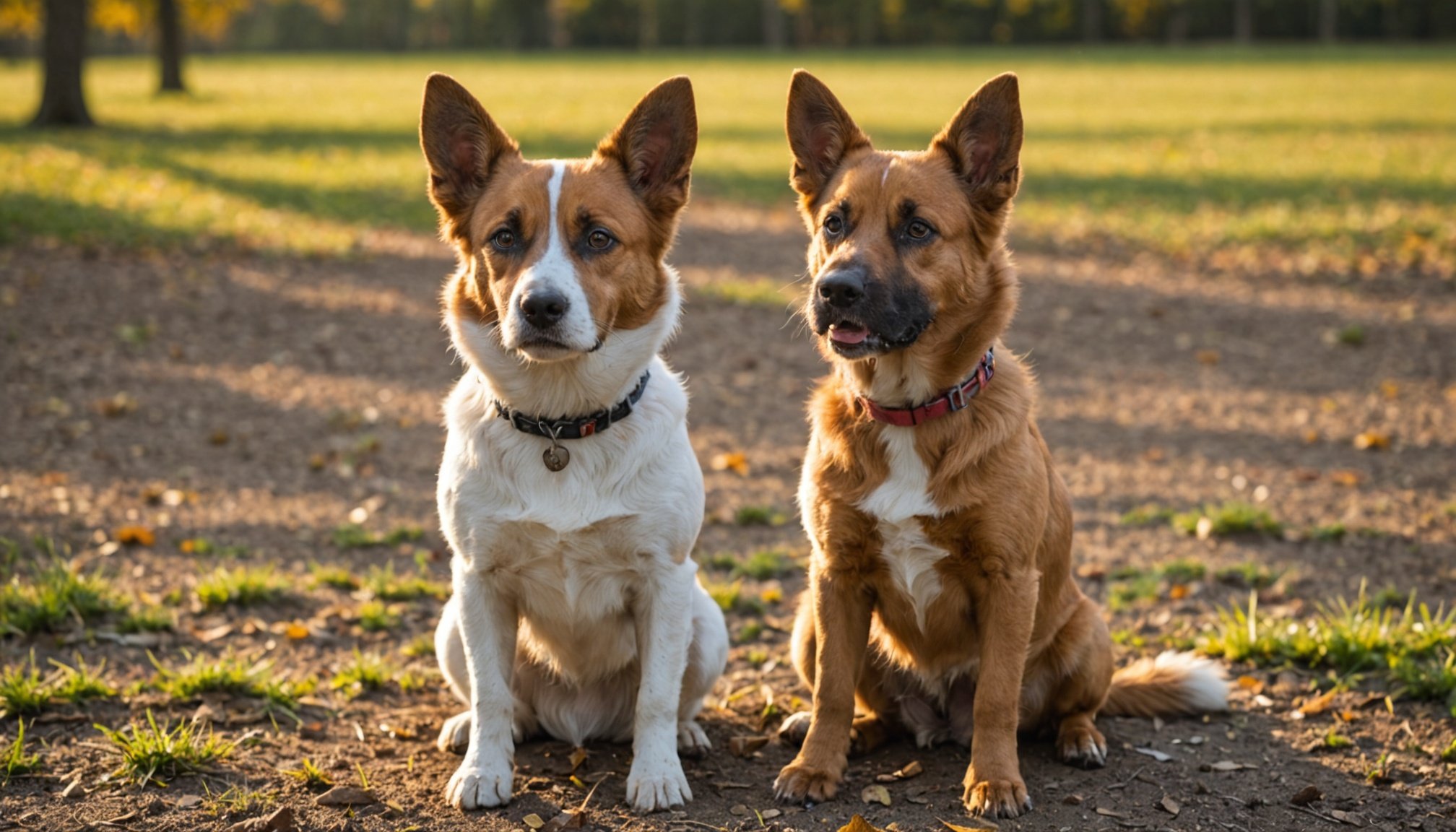In today’s fast-paced world, where distractions are abundant and schedules are hectic, the one thing our furry companions need the most is consistency. Establishing a routine for your dog is not just a matter of convenience; it’s a crucial component that can significantly impact their overall health and behavior. A well-structured schedule helps reduce anxiety, promote good behavior, and enhance the well-being of your pet. Dive into this guide as we explore how you can create a daily routine that benefits both you and your dog.
The Benefits of a Consistent Routine
Introducing a regular routine to your dog’s life has numerous benefits that extend beyond simple obedience. When you foster a sense of consistency, your pet is more likely to adapt to the surroundings, learn quickly, and behave calmly.
Additional reading : How can I create an enriching environment for my dog that stimulates their mental and physical activity?
Promoting Mental and Physical Health
Ensuring that your dog gets adequate physical activity through a scheduled day is paramount. Regular exercise not only keeps your pet fit but also mentally stimulated. Dogs are creatures of habit; they thrive when they know what to expect. This predictability can alleviate anxiety and help them navigate the world more confidently.
Reducing Behavioral Issues
Behavioral issues like excessive barking, chewing, or jumping can often be attributed to a lack of routine. By establishing a structured schedule, you help your dog understand the difference between the time to play and the time to relax. This understanding can improve their behavior and make them more enjoyable companions.
In parallel : Mastering Topical Flea Treatment for Your Shetland Sheepdog: A Step-by-Step Guide
Enhancing Bonding and Communication
A regular schedule for training, feeding, and playtime enhances the bond between you and your pet. It provides opportunities for interaction, communication, and mutual understanding. As you spend more quality time together, you become attuned to each other’s needs, further strengthening your relationship.
Designing Your Dog’s Ideal Daily Schedule
Creating a daily routine tailored to your dog’s needs requires careful planning and attention to detail. Each dog is unique, with different energy levels, dietary requirements, and personalities.
Morning Routines
Starting the day with a consistent morning routine sets the tone for the rest of the day. Begin with a brisk walk or a play session, allowing your dog to expend some energy and engage their senses. Afterward, it’s time for breakfast. Feeding your pet at the same time every day instills a sense of security and regularity.
Midday Activities
If you have the flexibility, incorporate a midday walk or play session to break up the day. This is particularly useful for dogs with high energy levels. If you’re unavailable, consider arranging for a dog walker or setting up interactive toys to keep them occupied.
Evening Routines
Wrap up your dog’s day with a relaxed walk, followed by a training session. This is an opportune time to teach new commands or reinforce learned behaviors. End the day with dinner and some quiet, bonding time, such as brushing or a gentle massage.
Consistency Matters
Consistency is the cornerstone of a successful routine. While life’s demands might necessitate flexibility, strive to maintain key elements of the schedule as regularly as possible. This helps your dog know what to expect and reduces any potential stress.
Training Consistency: The Key to Good Behavior
While a routine can significantly influence a dog’s behavior, consistent training practices are equally crucial. Training provides the mental stimulation dogs need and helps reinforce desired behaviors.
Establishing Training Sessions
Incorporate short, regular training sessions into your dog’s schedule. Consistent repetition of commands and positive reinforcement will help in instilling good behavior. Focus on one behavior at a time, using treats and praise to encourage adherence and compliance.
Reinforcement During the Day
Consistency doesn’t end with designated training sessions. Reinforce commands during daily interactions. Whether it’s “sit” before meals or “stay” when meeting new people, applying these commands regularly ensures your dog understands expectations in various contexts.
Handling Setbacks
Training is not always a straight path. Dogs, like humans, may experience setbacks. Patience and understanding are vital. If your dog seems to forget a command, revisit it with patience and kindness. Consistency in your approach will eventually yield results.
Positive Reinforcement
Always prioritize positive reinforcement over punishment. Encouraging desired behaviors with rewards and affection creates a positive learning atmosphere, leading to better behavior and a happier pet.
Adapting to Life’s Unpredictability
While a consistent routine is essential, life can often throw curveballs that disrupt our perfectly planned schedules. Being adaptable while maintaining core parts of your dog’s routine is a skill that will benefit both you and your pet.
Managing Unexpected Changes
Whether it’s a sudden shift in work schedules or a spontaneous outing, being prepared can make all the difference. Having a backup plan, such as a trusted pet sitter, ensures your dog’s needs are met without compromising their routine.
Maintaining Core Elements
Even when unexpected events occur, try to maintain core elements of your dog’s routine, like feeding times or a brief walk. This helps your dog feel secure even amidst change.
Handling Travel and Vacations
When traveling, attempt to keep your dog’s schedule as normal as possible. Bring familiar items from home, such as their bed or toys, to provide a sense of familiarity. Keep meal and walk times consistent, ensuring they feel at ease in new environments.
Balancing Flexibility with Structure
Flexibility doesn’t mean abandoning structure. It’s about finding a balance that works for both you and your pet. As you adapt to life’s unpredictability, maintaining a consistent routine for your dog can be a source of stability and comfort, reinforcing the bond you share.
Establishing a routine for your dog is more than just a daily task; it’s a commitment to their overall well-being and happiness. Through consistent scheduling, regular training, and adapting to life’s unpredictability, you can create a harmonious environment that fosters good behavior and stability. Remember, a structured routine benefits both you and your dog, promoting a fulfilling and enriching relationship that stands the test of time.









